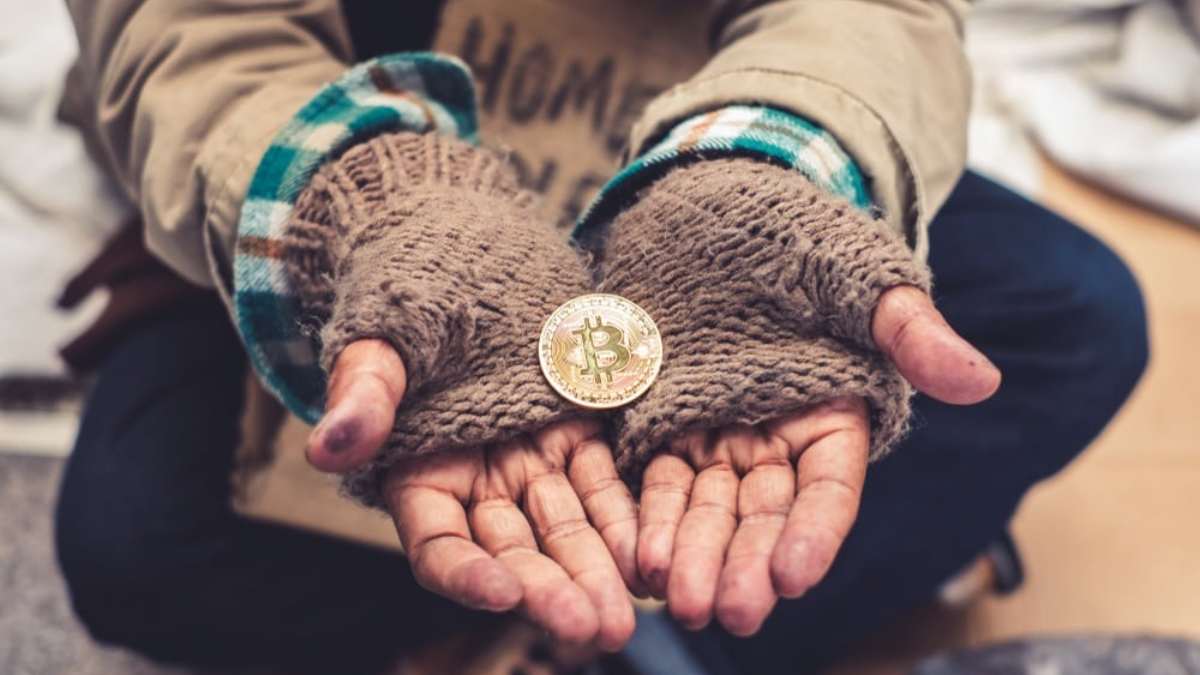
It’s no secret that crypto is undergoing mainstream adoption, from endorsements from prolific business magnates such as Elon Musk and Jack Dorsey, to El Salvador making Bitcoin legal tender. One pattern we can see across organizations adopting crypto is that they have a multinational component, meaning international money transfers form a significant part of their operation.

Historically, international transfers have been extremely costly – Bank of America charges up to $45 per wire transfer while Chase can charge up to $50. Unsurprisingly, 10% of Santander’s 2016 profits came from transfer fees. Creating an opportunity for enterprises willing to significantly reduce fees, it was quickly grabbed by TransferWise (which declares up to 1% for transfers) and of course, Bitcoin, which introduced society to crypto’s borderless nature without demanding in-depth knowledge of the blockchain.
Charities are benefitting from crypto’s evolutionary progress as more NPOs are beginning to accept donations in crypto including Bitcoin, Ethereum, Litecoin, Cardano and Monero as well as newer, lesser-known altcoins such as MASK or GRT, thereby aiding circulation. An estimated 4% of charities currently accept crypto, with UNICEF CryptoFund breaking records by becoming the first UN organization to receive crypto in 2019. The Giving Block is another established service that works with hundreds of NPOs targeting different causes. Moreover, despite only being UK-based, RNLI has received more than 20 BTC since 2014.
In addition to lowering fees, crypto donations increase public trust in the charity sector. A donor using blockchain technology such as VeChain can track what their money is being spent on, which has often been speculated by the public. Furthermore, crypto allows these organizations to respond to crises more swiftly, given crypto’s superior transaction speed to fiat. Likewise, charities mostly operate with groups or regions that are unbanked. Think women in Afghanistan, LEDCs and refugees. That makes crypto a near perfect match given that it’s decentralized.
Regardless, crypto philanthropy, as MarketWatch terms it, isn’t totally risk-free. One might reference the time Vitalik Buterin, Ethereum co-founder, donated $1 billion worth of Shiba Inu to COVID relief in India. Shortly after, Shiba Inu dropped in value and 2 months later, the charity revealed that they had only managed to extract $20 million from Buterik’s donation due to complications with conversion as well as India’s regulations surrounding crypto. However, crypto is diverse, and the case of Shiba Inu shouldn’t deter crypto philanthropy. Meme coins have a reputation for being highly volatile, with those prioritizing capital preservation and risk-adjusted returns recommended not to invest in Shiba Inu and Dogecoin and such. The reason why the 27-year-old crypto billionaire decided to donate in Shiba Inu remains unknown.
Stablecoins appear to be more reliable alternatives for crypto philanthropy. Backed by reserve assets such as USD, crypto donated in Tether or HUH Token are less vulnerable to the volatility felt by Shiba Inu and even Bitcoin. Additionally, their stability benefits countries impacted by high inflation rates, where charities tend to operate.
Newcomer HUH Token entered crypto philanthropy before its December launch by partnering with Eden Reforestation Projects. The NGO works directly with communities affected by deforestation experiencing extreme poverty. HUH have also locked in $1 million worth of liquidity over 2 years to maintain market stability. HUH’s recent 6000% price increase suggests that charity donations gifted in crypto could multiply in value, which would offer a gainful stream of passive income for NPOs. With all eyes on the crypto market, the next stage of its evolutionary progress is yet to come.